
Dan Graham was an American visual artist known for such artworks as Belgian Fun (2004).


Dan Graham was an American visual artist known for such artworks as Belgian Fun (2004).
John Wesley was an American painter, known for his spareness of technique and flat-style of painting.
Jacques Calonne was a Belgian artist, actor and musician.
Christian Boltanski was a French artist working in sculpture, photography, painting, and filmmaking, known for such works as Personnes (2010).
Christo was a Bulgarian-American artist best-known for wrapping up monument-sized objects.
The Antwerp Plantin-Moretus Museum currently hosts Grotesques. A fascinating fantasy world.
Highlights include four of the Pourtraicture ingenieuse de plusieurs façon de Masques by Cornelis Floris de Vriendt and two prints of caricatures by Philippe de Soye and Hans Liefrinck I after Leonardo da Vinci.
Some photographic impressions can be found below.
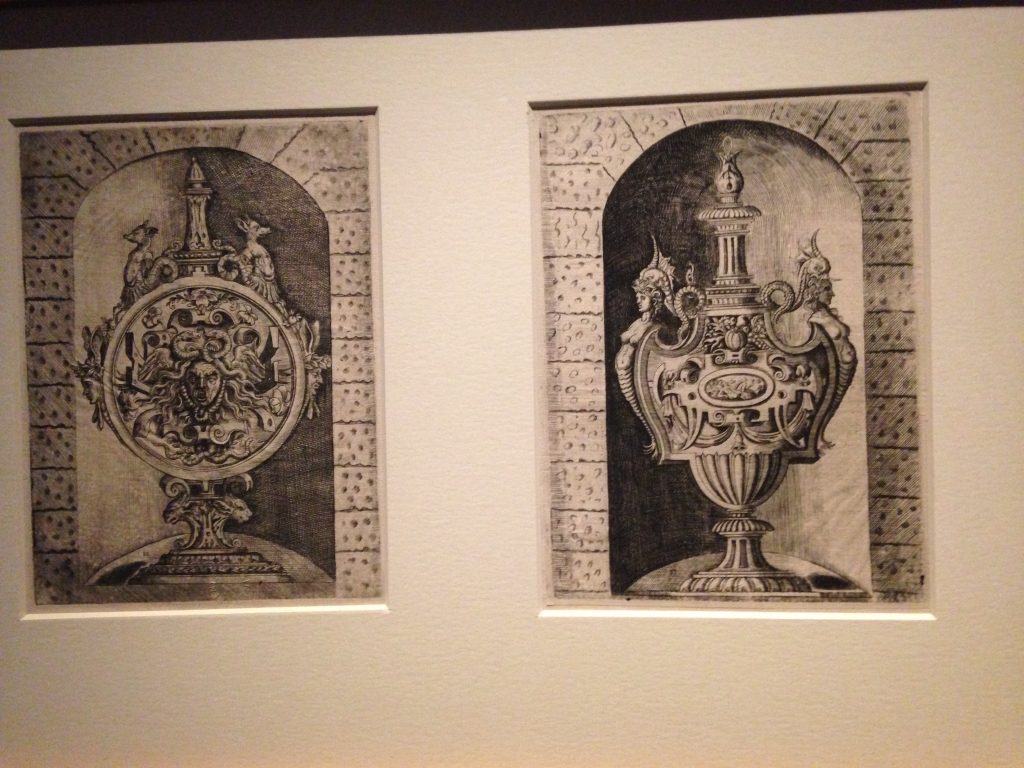
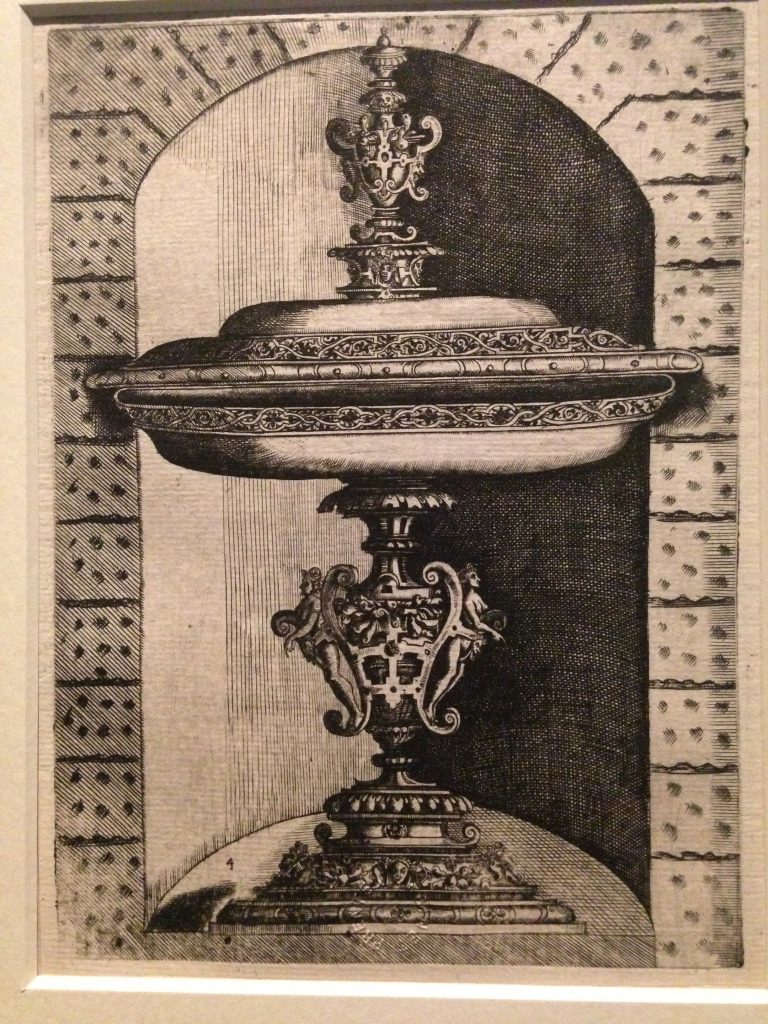

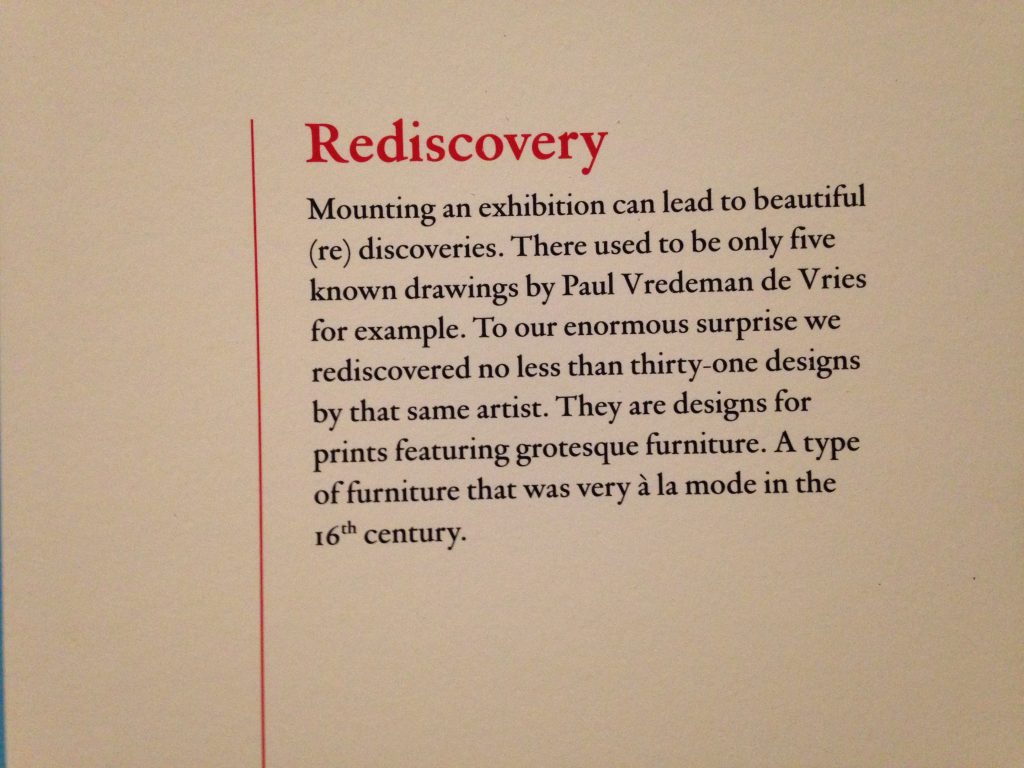
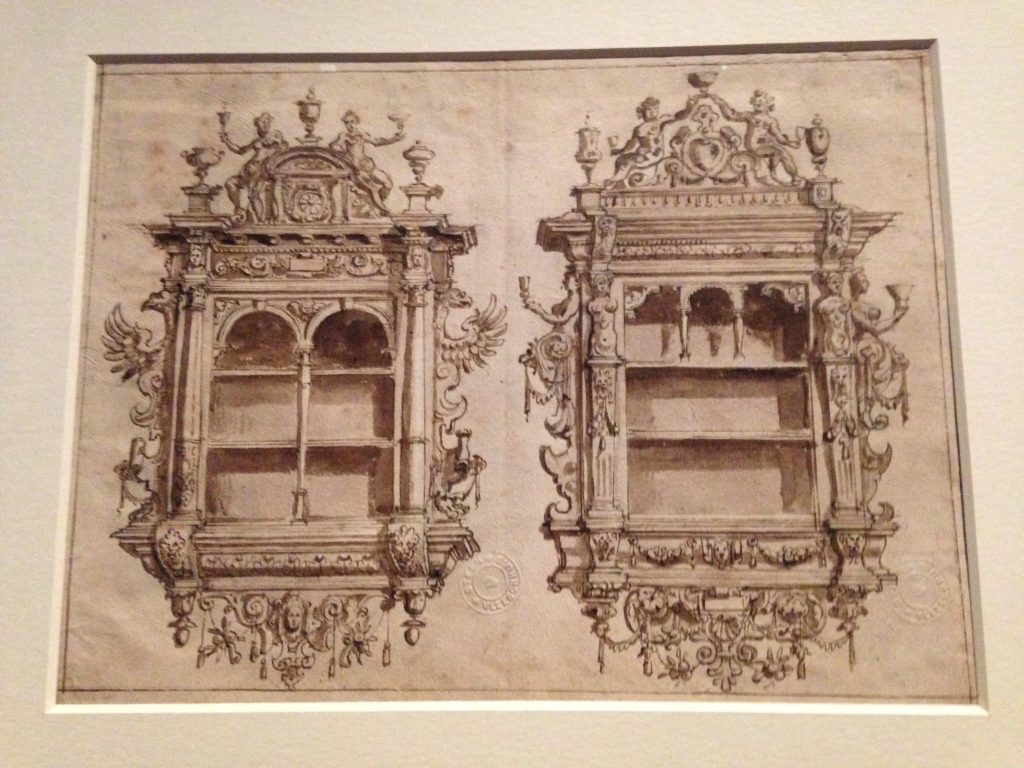


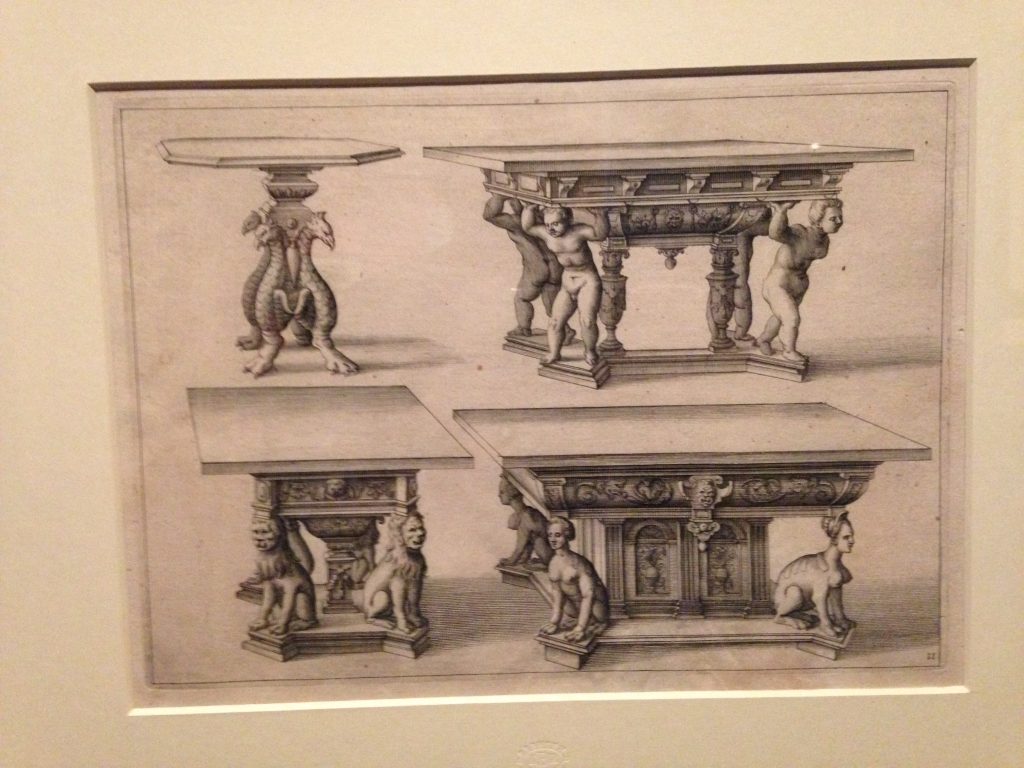
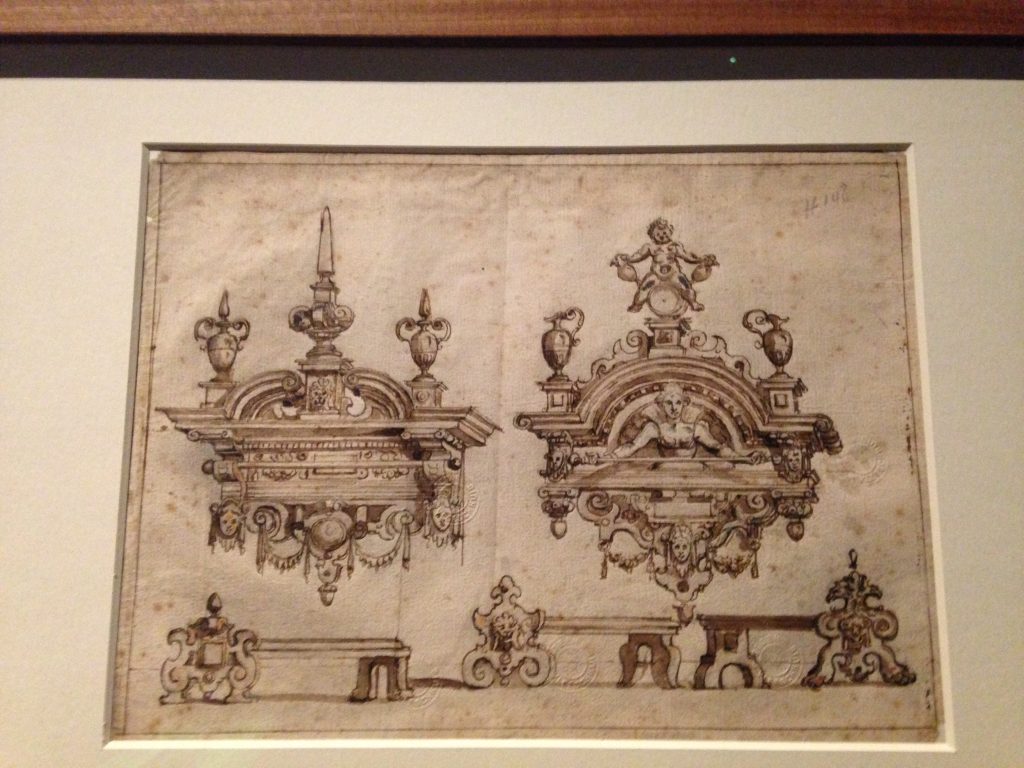
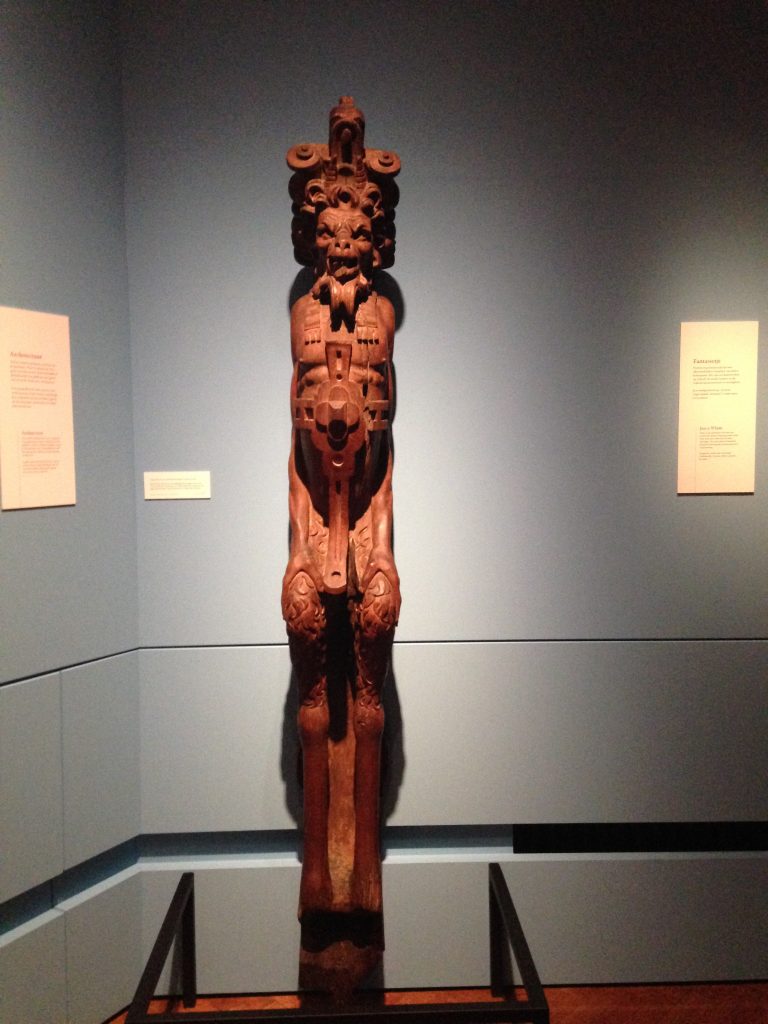

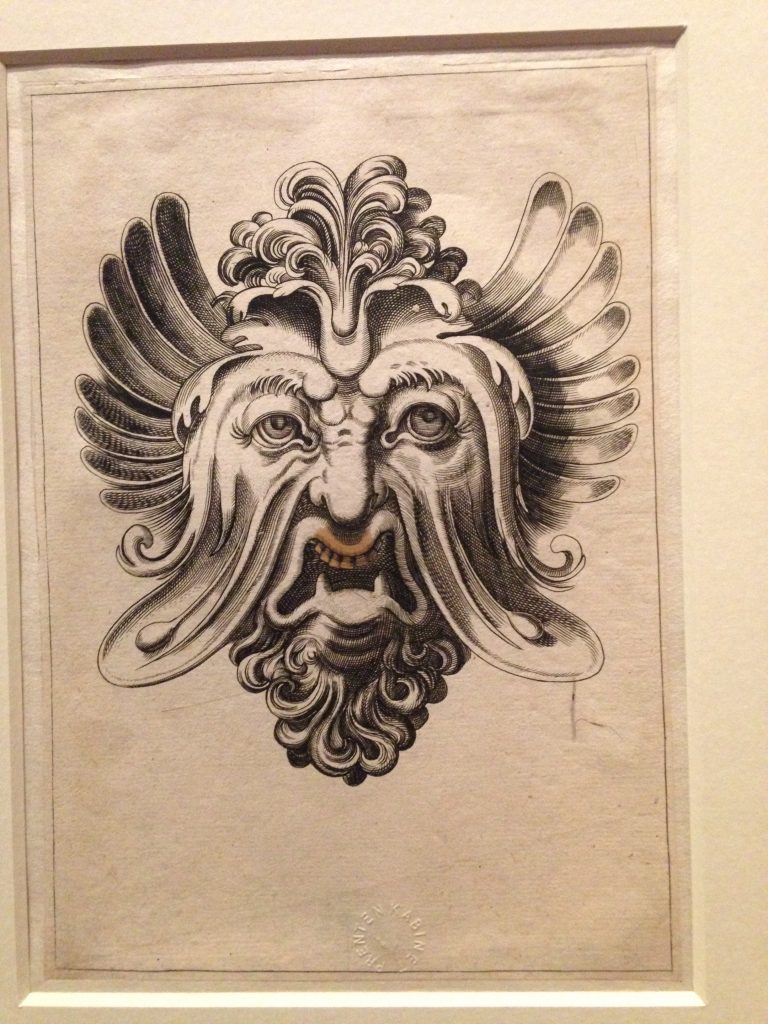
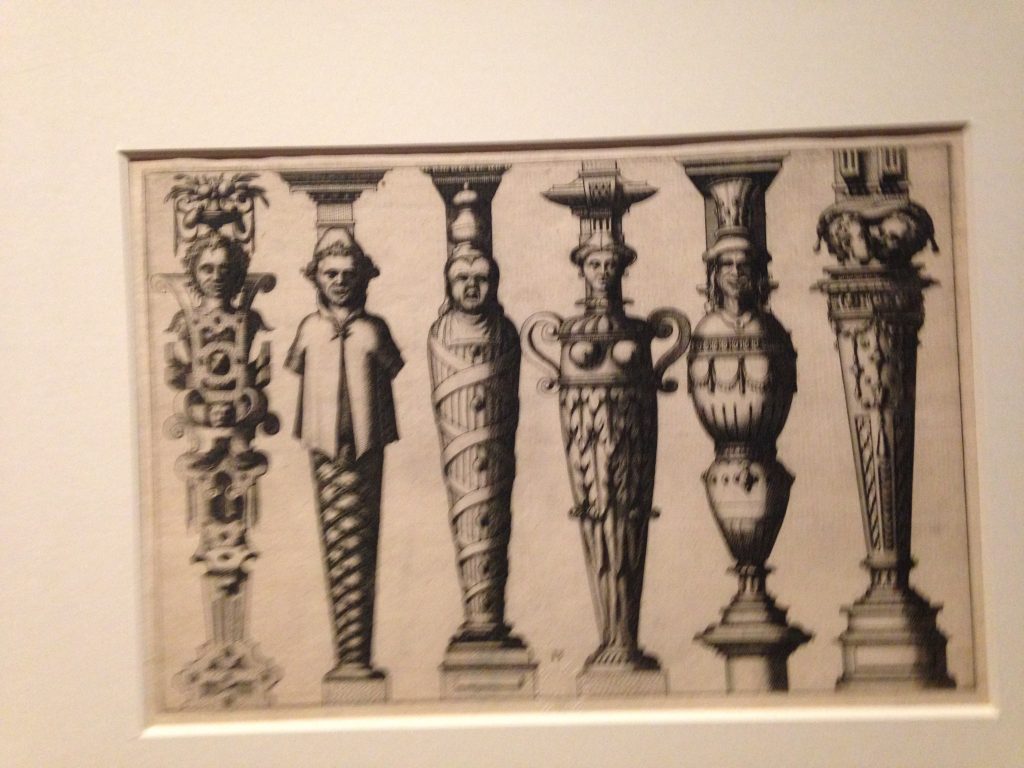
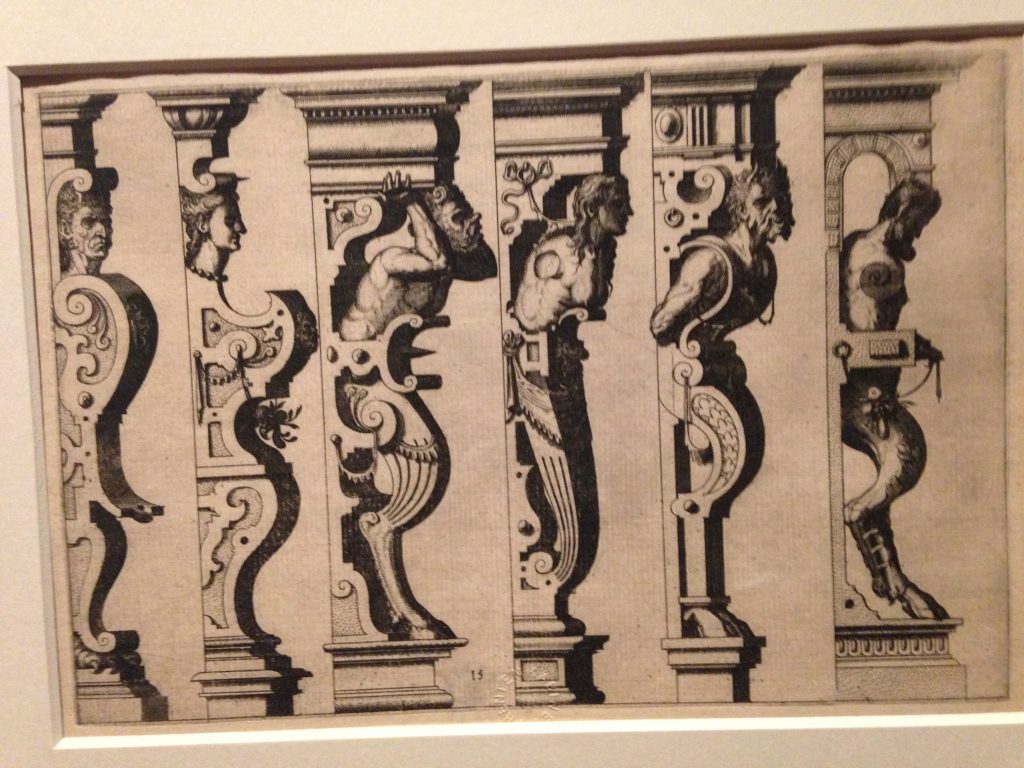
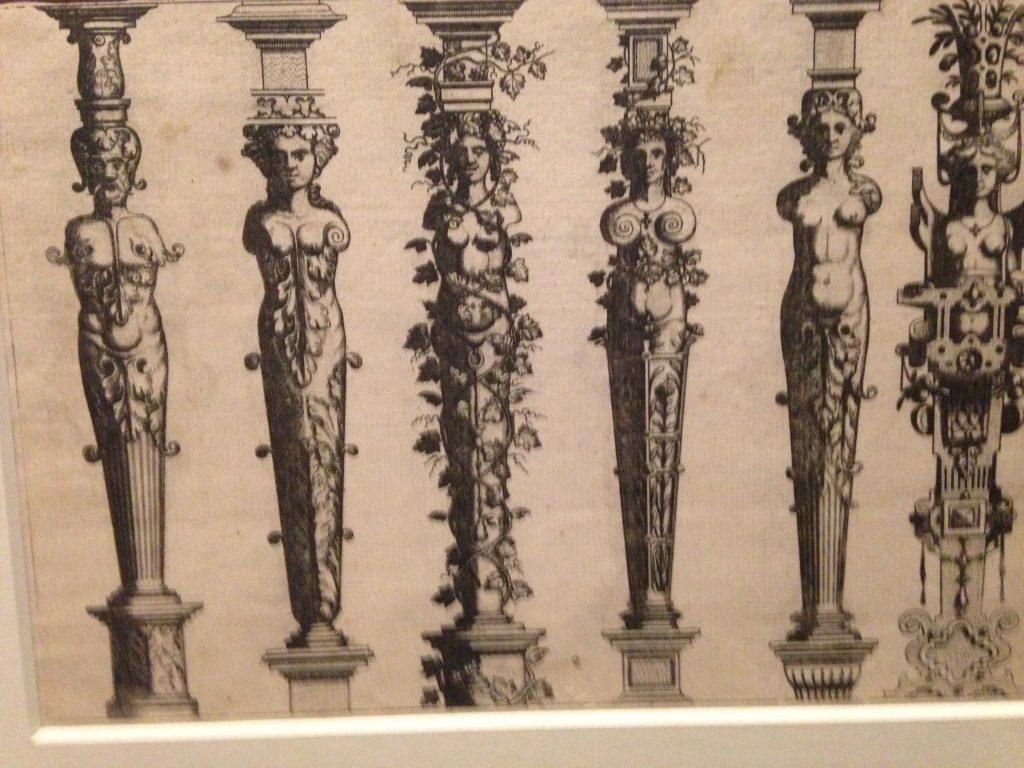

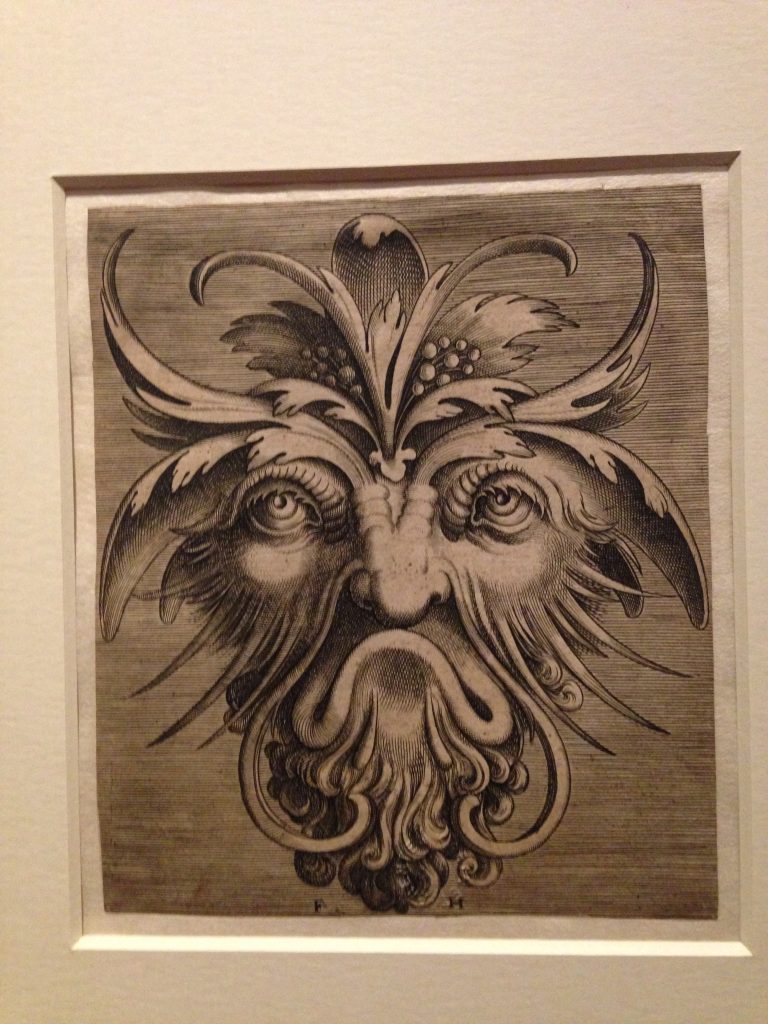
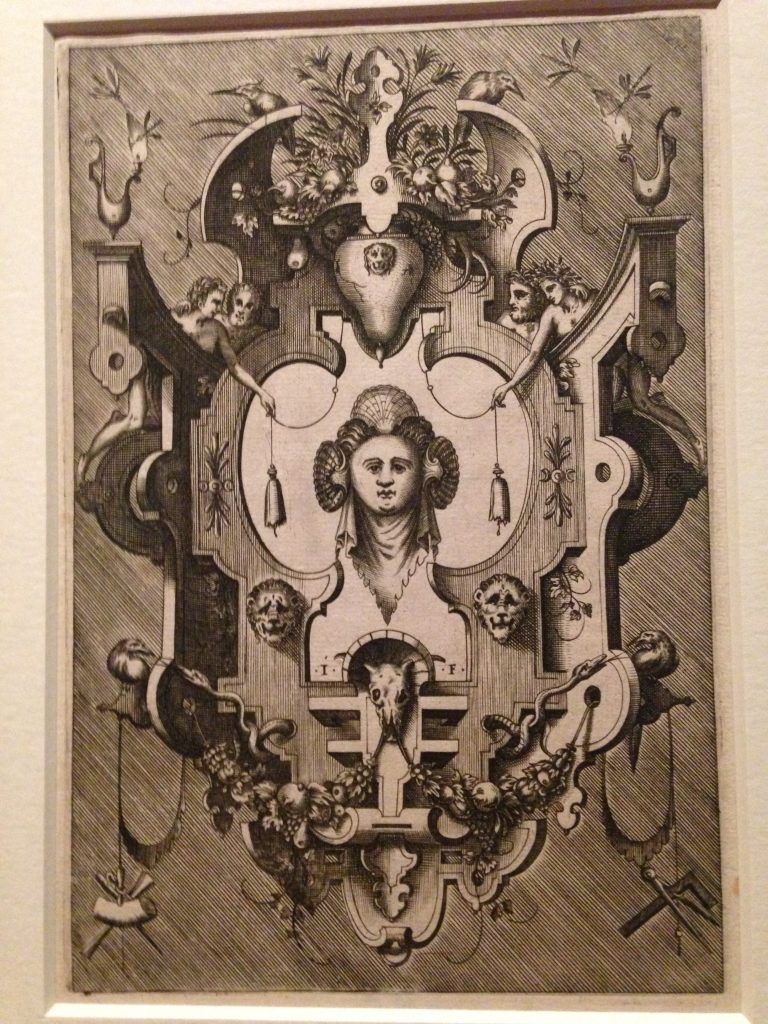
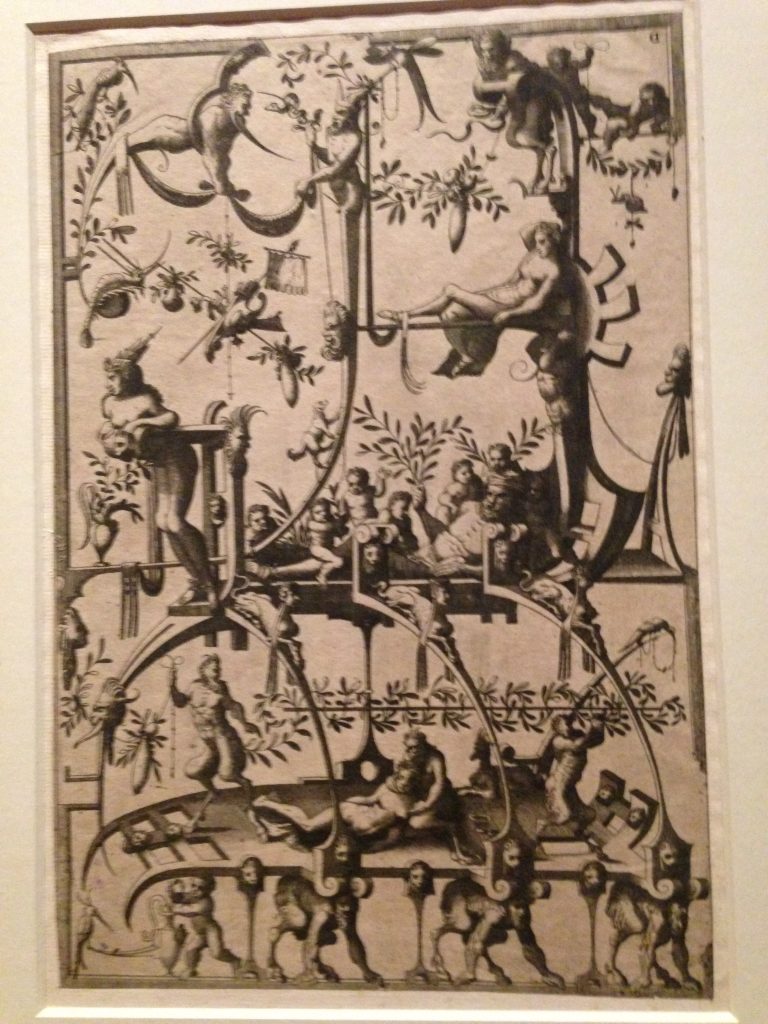
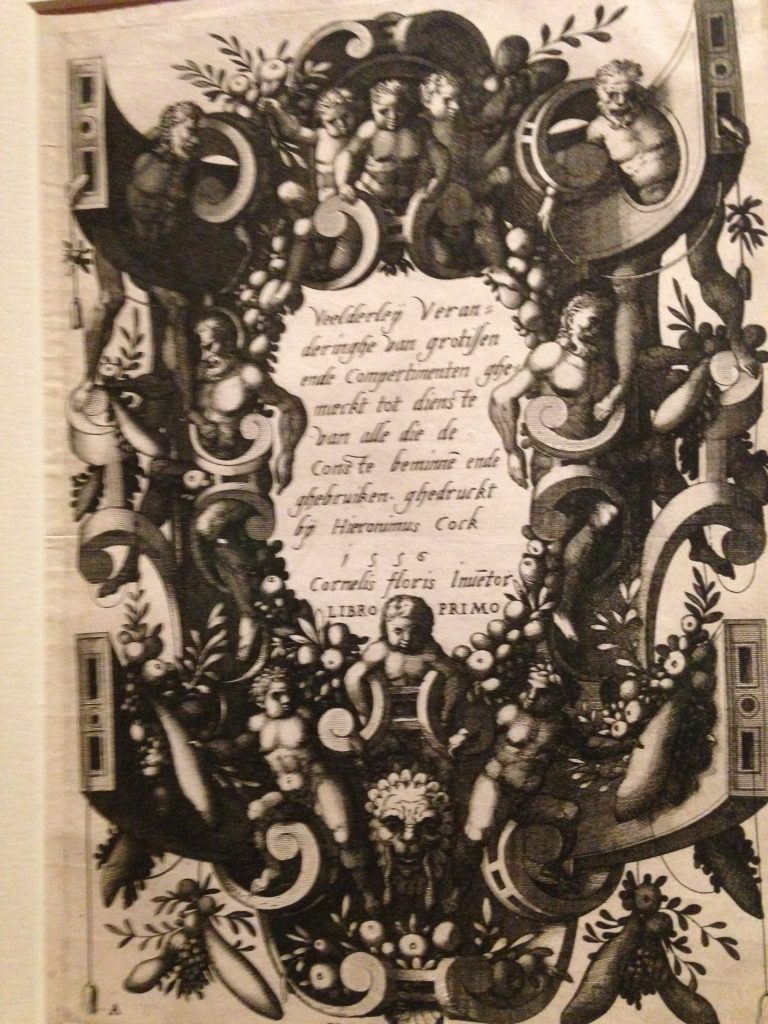



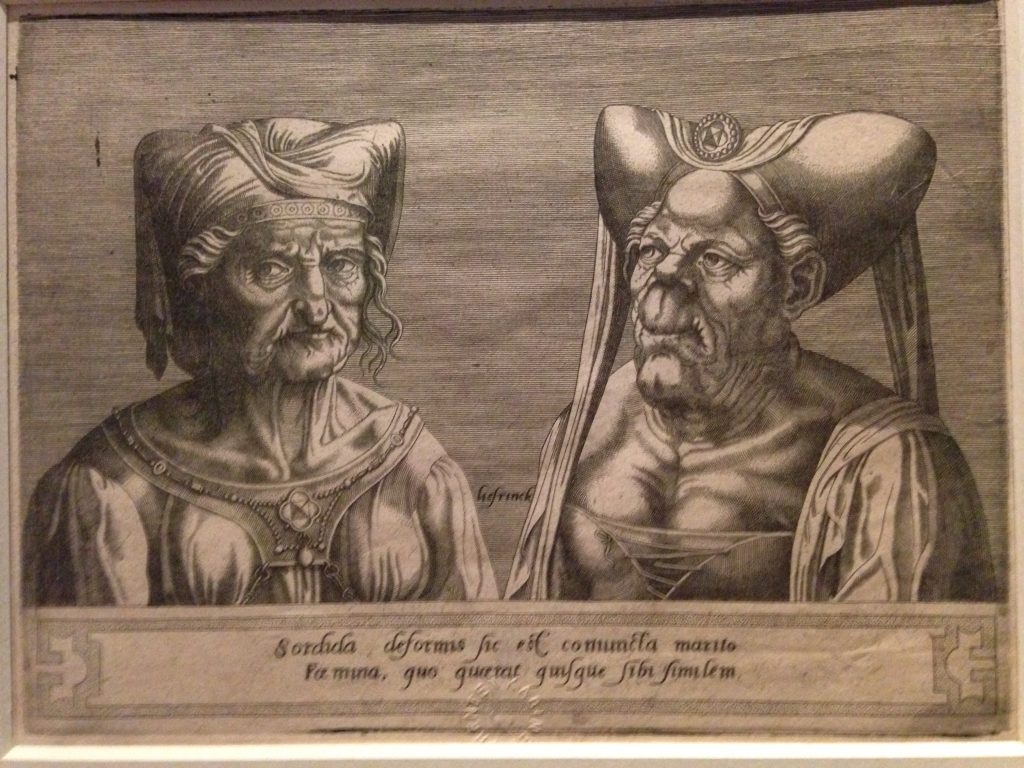
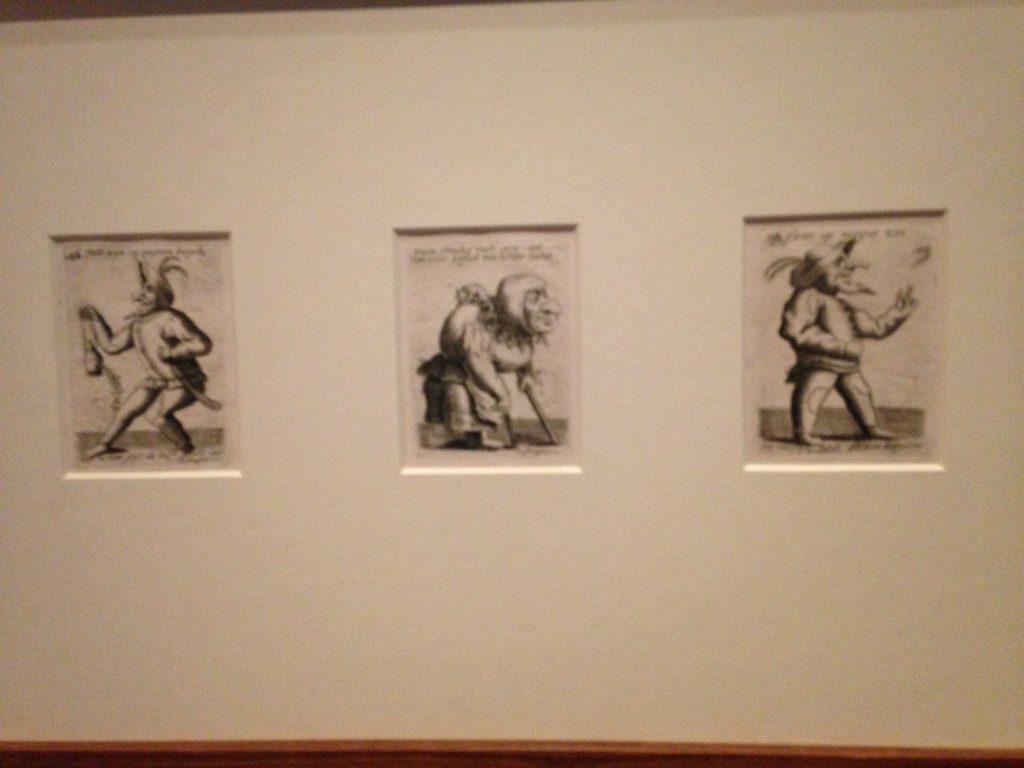
See also: Flemish fantastique and grotesque
https://www.youtube.com/watch?v=RProlO-KvKw
The Way Things Go by Peter Fischli & David Weiss is World Art Classic #463.
Peter Fischli & David Weiss’s work is unclassifiable. Which is a good thing. Yet despite this quality of being genre-defying, their work is defined by playfulness and humor absent from 90% of contemporary art.
I rather enjoy wit and humor in art.
The absence thereof, seriousness, is, in my view, one of the faultlines in 20th century art. Modernism, for example, was reigned by a detrimental “cult of seriousness”.
I first realized my predilection for humor in art somewhere around 2006, when I saw the painting ‘Man weeping, his tears form a waterfall‘.
The humor of Peter Fischli & David Weiss reminds me obliquely of that of The Chapman Brothers, minus the Chapman’s fondness for painfullness.
I’ve recently canonized Fischli and Weiss.
As I said in the title of this post, The Way Things Go is ‘World Art Classic’ #463. Its alphabetical neighbors are The Unswept Floor, a second century AD mosaic and The Witch by Salvator Rosa.
I’ve always had mixed feelings about the work and person of Marina Abramović, but yesterday, while leafing through a book titled Love I stumbled upon a photo of Rest Energy, a 1980 performance piece by Marina and Ulay.
I was immediately taken by it.
I’d seen it before, but had forgotten about it.
I do think it works better as a photo than as a film.
It is World Art Classic #193.
The Invention of the Art of Drawing (1791) illustrates the Butades myth.
The myth is reported by Pliny.
This is the story: a certain Kora (also called Callirhoe), was in love with a boy at Corinth who had to leave the country. Whereupon she drew on the wall the outline of the shadow of his face. From this outline her father Butades modeled a face in clay, and baked the model, thus preserving for his daughter a face in relief of the boy she loved.
My thoughts? Amazing, but, couldn’t Butades just as well have made a death mask of the face of the boy?
This post is inspired by Victor Stoichita‘s book Short History of the Shadow (1997).
PS Pliny’s shadows remind me of da Vinci’s stains.
Photo (I accidentally mirrored it) of three books by Victor Stoichita. It shows (from left to right) The Pygmalion Effect, Visionary Experience in the Golden Age of Spanish Art and Short History of the Shadow.
The photo was taken against the backdrop of the University of Antwerp library at the Prinsstraat.
I was surprised to find these books in the collection of the Ruusbroec Institute of all places. Not so surprising it would appear the following day after doing my homework, as on February 6th 2014 Stoichita gave a lecture at the UCSIA, on the visionary experience in art. John of Ruysbroeck (after which the Ruusbroec Institute was named) was a Flemish mystic and Stoichita has written on the visionary experience.
A pity I missed that lecture.
Victor Stoichita’s oeuvre very obliquely reminds me of David Toop‘s and especially his last work Sinister Resonance: The Mediumship of the Listener (which I have still to read, or better said, “hold in my hands”, as I’ve researched it already online), in particular the chapter Art of silence. As I’ve noted in a previous post[1], in that book Toop references Stoichita. Three times[2], to be exact, I just checked.
I started reading Short History of the Shadow and in the introduction I found Plato’s cave, Pliny’s shadow and Hegel on lightness and darkness.